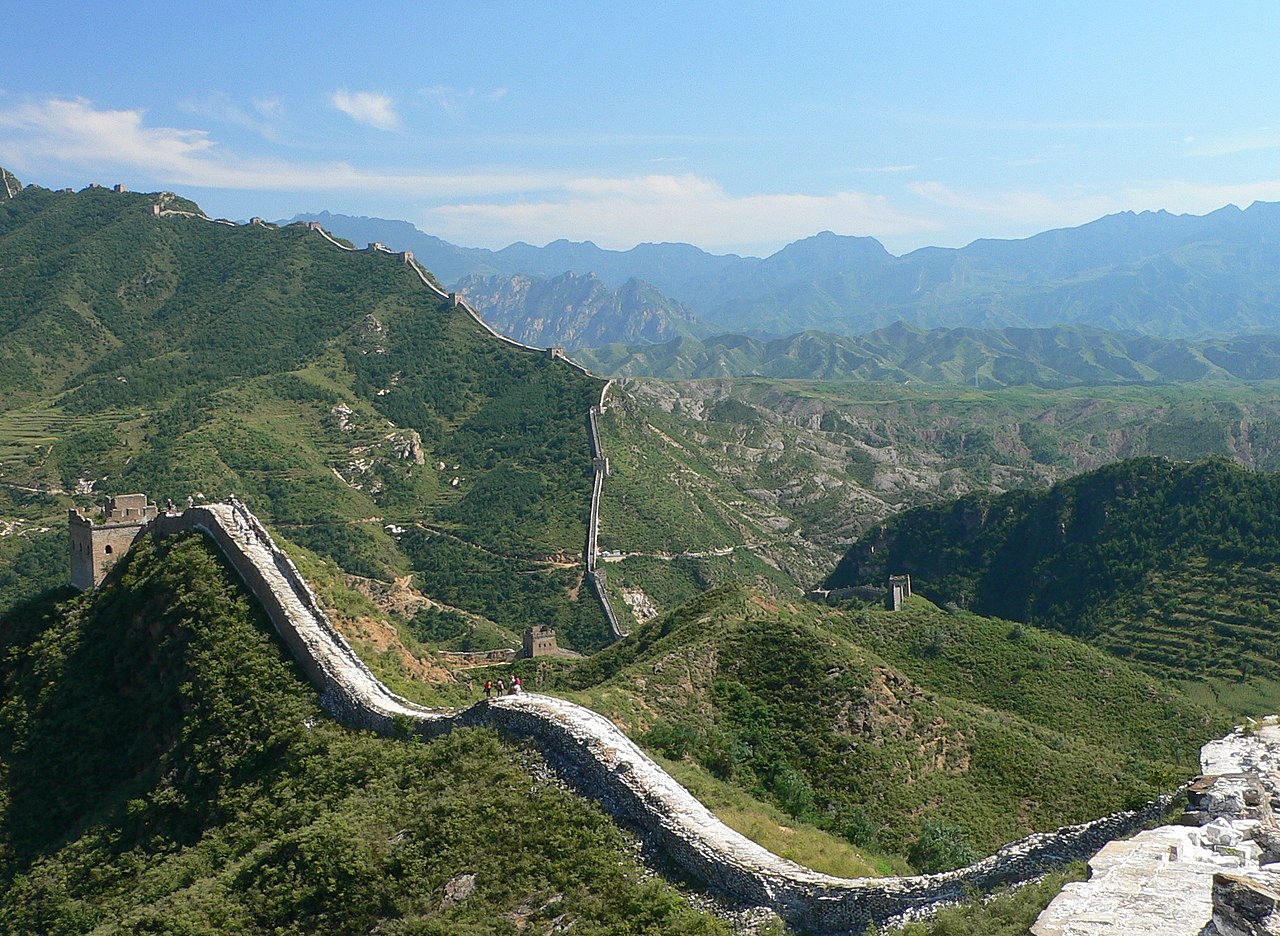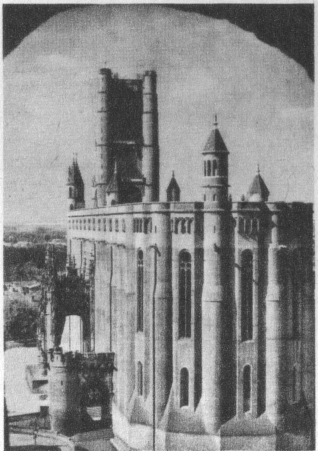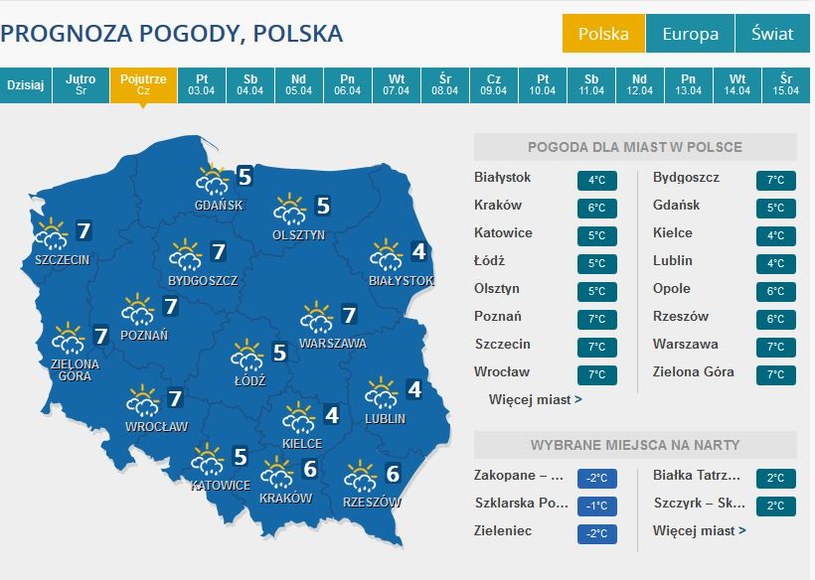PLACE THE BUILDINGS CHRONOLOGICALLY!
The buildings listed here served various purposes: royal palaces, temples, tombs, and even a defensive wall. They are generally representative of the epochs, in which they arose, and were the pinnacle of architecture in their time. They were basically created in one projection, without major modifications, and not - like eg. Wawel - for many centuries. These monuments, preserved to this day in better or worse condition, are the object of admiration of crowds of tourists. Their chronological arrangement will be a journey for us through the ages.
1. Colosseum
2. right hand
3. Winter Palace
4. Parthenon
5. Alhambra
6. Sigismund Chapel
7. The Great Wall of China
8. The Taj Mahal mausoleum
9. Great Pyramid
10. Hagia Sophia
Answers:
1. Great Pyramid - This is the huge tomb of Pharaoh Khufu (Cheopsa), erected near today's Gizeh approx. 2900 years p. n. e. It is the largest stone structure in ancient times. Ma 142 m in height. It consists of approx 2 million stone blocks, weighing to 15 ton. Near it stand the pyramids of Pharaoh Khafra and King Men-Kau-Ra.
2. The most famous of all Athenian temples was the Parthenon, erected on the Acropolis in the 5th century p. n. e. in honor of the goddess Athena. Built in the Doric style of white marble and surrounded by columns, it does not impress with its size, but rather the perfection of proportion and the beauty of the sculptures, that came out of Phidias' workshop.
3. In the third century, Mr.. n. e. Emperor Shi Han Ti reigned in China. His strong judgments begin a new era of China's unification and prosperity. He fought persistently with the nomadic tribes of the north and, to protect the country from their attacks, began building a huge wall, having approx. 3000 km long. The Chinese wall was rebuilt in the 14th-17th centuries. A significant part of it has survived to this day.
4. Colosseum - is a huge amphitheater in Rome, once used for the games. Its construction was started by Emperor Vespasian, and Titus graduated. The opening took place approx. 80 R. n. e. The interior of the Colosseum was beautifully decorated, could hold 50 000 viewers. Gladiator fights took place there, the first Christians died there. The Colosseum is one of the world's greatest ruins today.
5. The Hagia Sophia Mosque is the former Church of St.. Sophia in Constantinople, built by Emperor Justinian in the 6th century. great expense. It is the greatest architectural monument of the Byzantine style. After the capture of Constantinople, the Turks converted it into a mosque, while plastering rich mosaics. At that time, minarets were also added.
6. Alhambra - royal castle and fortress, towering over Granada; it was built in the years 1248-1354. Building, a bit heavy from the outside, in its internal structure it is the most beautiful example of Moorish architecture in Spain. In particular, the so-called. courtyard of lions, with arcades supporting on 124 white marble columns.
7. The Sigismund Chapel in the Wawel Cathedral is one of the masterpieces of the art of the Renaissance. It was erected on the orders of Sigismund I in the years 1519-1533 by the Italian Bartłomiej Berecci. The harmony of its dimensions, the lightness of the dome and the elegance of the sculptural decoration make it one of the most beautiful Renaissance monuments on this side of the Alps.
8. right hand, renaissance palace-monastery located approx. 50 km from Madrid, was erected by Philip II in the years 1562-1584 as a votive structure for the destruction of the church of St.. Lawrence in St.. Quentin. In memory of the martyrdom of this saint, the eskurial is designed horizontally as a grate. This expensive building absorbed Spain's income from entire overseas provinces.
9. Taj Mahal - Crown of the Palace - was the title of one of the wives of Emperor Shah Jahan, living in Agra (Indie) in the mid-17th century. After her death, the emperor had a magnificent white marble mausoleum erected, over which by 20 many thousands of people have worked for years, carving stone and arranging intricate mosaics It is one of the greatest monuments of Hindu architecture.
10. Winter Palace, the residence of the tsars, was built in St. Petersburg in the years 1754—1762. It was built in the Baroque style by the Italian architect Franz Rastrelli, creator of a number of great buildings and promoter of Western architecture in Russia. his father, sculptor, it was brought from Florence by Peter the Great.







